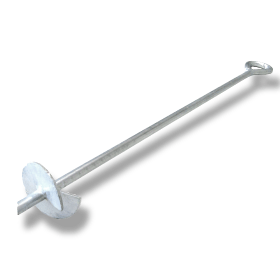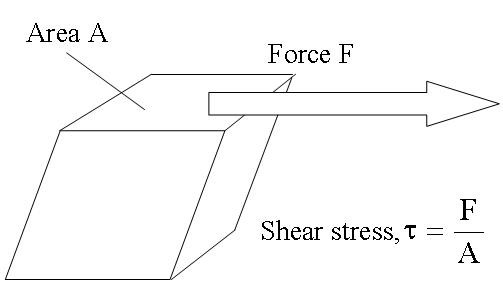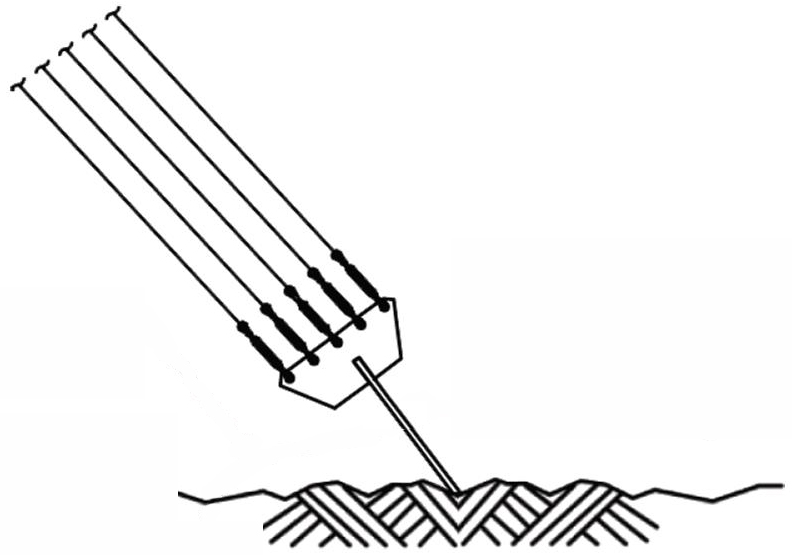
Guy Wire Anchors

Guy Anchors are used to attach the guy-wire that helps support a tower, antenna mast or even utility poles. The anchoring is accomplished by using rods, usually made from galvanized steel, that are screw driven, concreted into the ground or backfilled with earth.
An anchor must be designed and rated to resist the maximum amount of tensile load, forces tending to cause extension of the guy wires and anchoring system; both the dead load of the tension of the wire and the maximum possible theroretical live load due to wind, gravity, ice and other forces of nature. The attached guy wires exercises its force at an angle, and because of this angle the anchor will have resist two forces of both, vertical or (up and down) and lateral (back and forth) forces on it known as lateral shear. Ground anchors rely on the lateral shear strength of the soil. This strength or cohesion helps to mitigate by spreading the the forces from the guys wires connected to it over a large surface area.
Cohesion is a measure of the forces that cement particles of soils. For example dry sand has very little cohesion where as stiff clay has a lot. Choosing the right anchors is just as important as choosing the location and type of soil they will be used in.
Methods of Anchoring
Dead Man Anchoring
This method employs a large excavated area that is made into the ground along with a perpendicular bore that the anchor rod is placed into. The excavated area is usually reinforced with rebar. A diagonal rod with an eyelet extending in the guy direction is inserted into the bored hole and the rod, the bored hole and the excavated area are then filled with concrete. This creates a large surface area that the guy wires can attached to. In the past a dead man anchor was made by burring a log horizontally in a trench with the guy attached perpendicularly to its center. This is the most common method used for larger guyed towers.
Screw Anchoring

Using a rod that is designed with a wide screw on the end of it and an eyelet on the other for the guys to attach like the EZ 30 or EZ 48. It is screwed deep into the ground, at the same angle as the guy, by a truck-mounted drill machine. These are commonly used as guy anchors for utility poles since they are quick to install with a truck mounted hydraulic powered auger drive.
Grouted Anchoring
Grouted Anchoring is used in rocks and in rocky soils. In this method, first a hole is drilled at the angle of the guy. Then a steel anchor rod with an eye is inserted, the hole and a large area around the perimeter of the hole are then filled with a special type of grout. The grout is made by mixing concrete and a structual expansion additive. This additve is a specially formulated structural epoxy. When the grout sets it expands into the surounding rocky and porus soil which secures the anchor.













